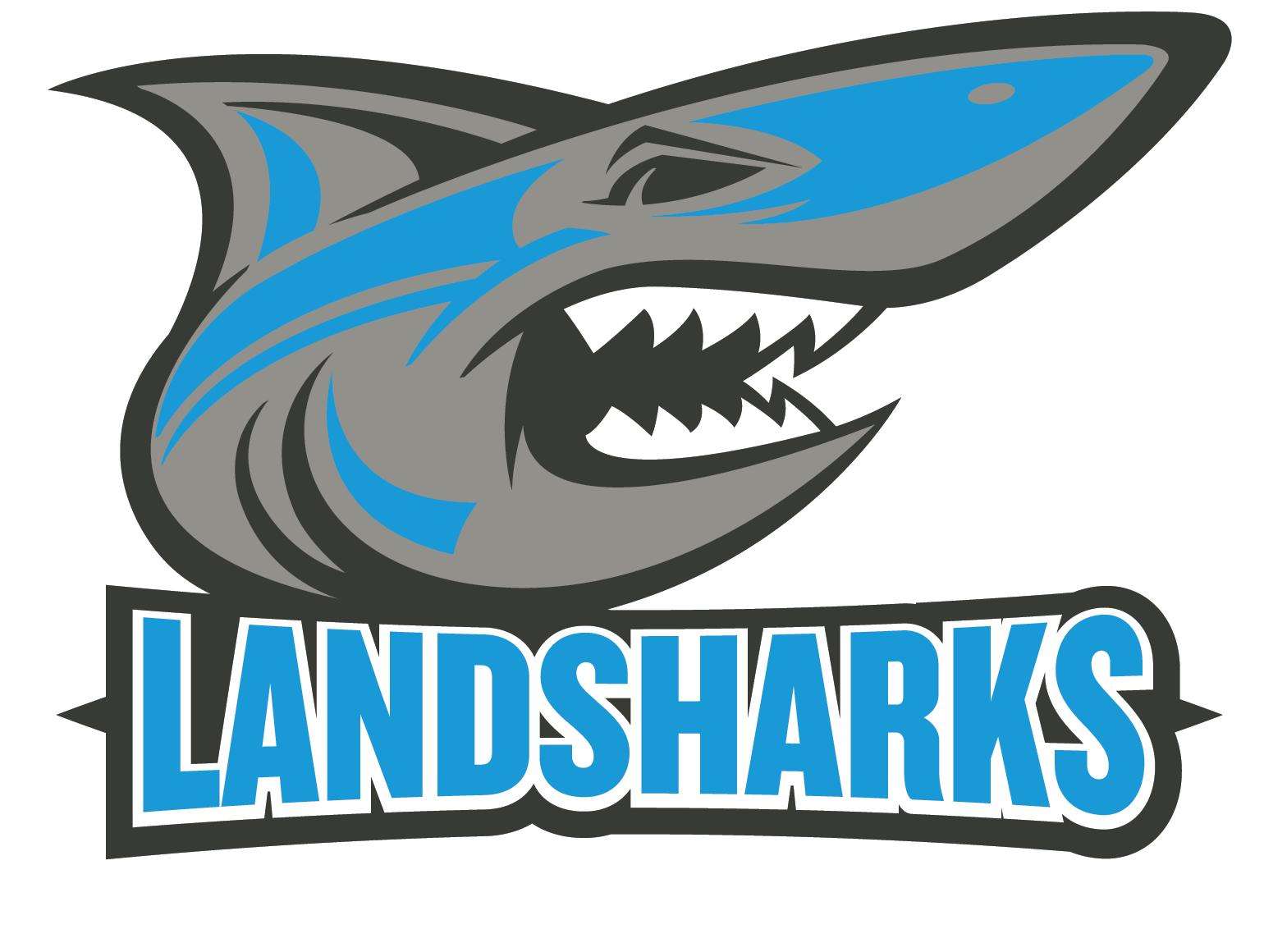The “Youth Sports Paradise” of the Past Wasn’t Always Paradise
By Brian Logue

Larry Palumbo
There are a lot of things wrong with youth sports. But if you want to “fix” youth sports, you can’t live in the past.
I read a lot of commentaries about how the rise of travel and club teams, the influence of overzealous helicopter parents and the needs of ego-hungry coaches are ruining youth sports. All of these commentaries seemingly conclude with a notion that we need to go back to the way things used to be.
Maybe there was some period of utopia in the soda-shop days of the 1950s where everything was perfect in youth sports, but I tend to doubt that was the case.
I’m 47 years old. I grew up playing sports in the mid 1970s through the mid 1980s in two different states. I love sports, and for all but three years of my professional life, I’ve made my living working in athletics. But I saw a lot of things wrong all along the way.
Have you seen a video of a coach or parent attacking an official? It’s usually condemned on a blog like this one and the question is asked — what’s wrong with youth sports today?
It’s obviously ridiculous that stuff like that happens, but there’s nothing new about it. My father was umpiring a Little League baseball game in Virginia in the mid 70s for 10-12 year olds. A coach was upset about a call and punched him in the face. (Editor’s note: My dad got the better of that one because he was still wearing his mask. And it didn’t alter his love for umpiring. He turned 81 in October, and this past spring and summer he umpired around 100 games).
How about the coaches so consumed with winning that they don’t worry about their players developing? Nothing new there. I remember a kid on one of my youth baseball teams that played the absolute minimum number of innings required, got the absolute minimum number of at bats required and never played anywhere other than right field the entire season. Looking back, why? Did it really matter all that much if a bunch of pre-teens won a league championship? (Editor’s note: We didn’t win the championship).
What about parents holding kids back a year in school primarily for their child to gain an athletic advantage with an extra year of maturity? I can’t say that I saw that directly, but I absolutely saw the questionable use of home addresses to allow top players to play for a different football program in my Pop Warner days. (Editor’s note: I was a terrible football player…and I was 9).
My point is, there are a lot of things wrong with youth sports, but there have always been a lot of things wrong with youth sports. In order to make changes most beneficial to the kids that participate, we need to approach things with a fresh mindset and no preconceived notion of what the right way is.
And that’s what has me so excited about the Athlete Development Model (ADM) that my colleagues at US Lacrosse have been working on for an extended period of time. Over the coming year, you will continue to hear more and more about the evolution of this model.
One of the first things we will be releasing is our recommendation for small-sided games at various age groupings. We think kids will develop better skills and have more fun by playing with smaller groups of people on smaller fields as they learn the sport. All I have to do is look to my own experience to see how obvious that can be.
Major League Baseball uses 90-foot distances between bases on its fields while Little League Baseball uses a much smaller 60-foot distance. So, through age 12, I played on 60-foot bases. At age 13, I moved to the full regulation-sized diamond. I remember standing at my position at third base for the first time and looking in disbelief when I tried to figure out how I could throw the ball all the way over to first base. It seemed impossible.
My son never had to experience that feeling playing baseball. Most youth baseball leagues have evolved where kids go from 60-foot bases to 70-foot to 90-foot. The gradual transition helps kids move up through the ranks.
Everything in the US Lacrosse ADM model is based off of best practices from other sports, scientific research on childhood development both in and out of sports, real-life experiences from existing lacrosse programs and our own findings from rolling it out. We’re looking to change the way youth lacrosse is played based on forward thinking.
The overarching aim of ADM is simple: We want more kids playing the game, and we want them staying with it for longer periods of time.
We hope you’ll support our efforts to ensure a better youth lacrosse experience for everyone.


Got something to say?